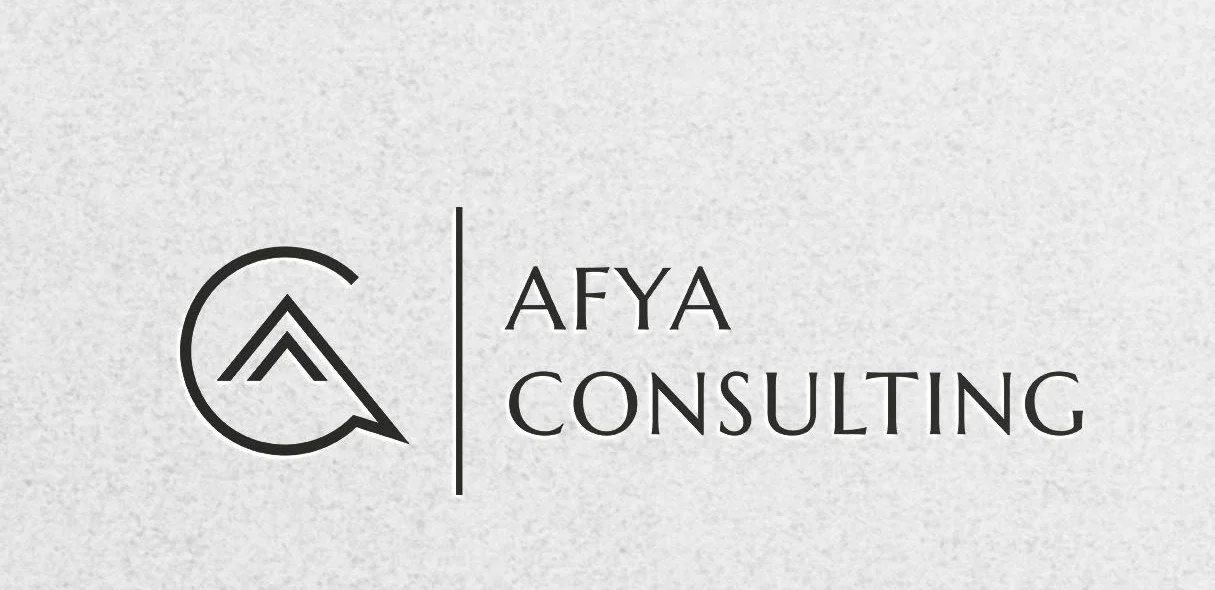What 12 Years in Uganda Taught Me About Local Knowledge, Donor Accountability, and True Impact
Twelve years ago, I first travelled to Uganda, full of energy, enthusiasm, curiosity, and assumptions. Without being aware of it, I thought I knew the “right” way to solve problems. After all, being a Canadian, I came from a place where systems are often more advanced and resources are more abundant. I believed that my experience gave me the answers.
Over time, I realized how wrong I was, and how much I needed to relearn everything about development, leadership, and impact.
The Core Lesson: Local Knowledge is Not Optional
In the West, we often equate “advanced systems” with better solutions. But in development, this mindset rarely works. Solutions imposed from the outside, no matter how well-intentioned, often fail to stick. Real, lasting impact comes from listening, observing, and learning from the people who live the challenges every day.
This is the essence of locally led development (LLD). But here’s the catch: while everyone talks about it, the structures, incentives, and funding systems of major donors often make it very difficult to fully realize.
Does Locally Led Development Work?
This is where the debate gets interesting. Much of the push for LLD is ethical: power should shift to local actors, not just because they can deliver programs but because it’s the right thing to do. But is there evidence that local leadership actually improves outcomes?
Mixed but promising evidence: A 2024 review by FHI 360 found that empirical support for LLD improving efficiency or effectiveness is limited. Outcomes are context-dependent, and “locally led” looks very different in different programs. (FHI 360, 2024)
Sustainability advantage: Brookings’ analysis of PEPFAR programs showed that local implementers can meet or exceed program targets. While they are not always more effective than international NGOs, programs led by local actors are often more resilient and sustainable over time. (Brookings, 2022)
Humanitarian contexts: Studies show that when local actors lead humanitarian responses, legitimacy and long-term adaptive capacity improve, but systemic donor barriers often prevent full power transfer. (ScienceDirect, 2022)
In short: LLD can work — especially in building sustainable, resilient programs — but it requires real structural change, not just lip service.
My Personal Relearning Journey
When I first began working in Uganda, I leaned on Western-style “solutions.” I wrote proposals, led programs, and assumed I knew what communities needed. However, the programs initially developed under Canada-Uganda Sport & Exercise Medicine (CUSEM) failed to take root, not because those I was working with didn’t care or see the benefit of the program, but because the solutions weren’t theirs or weren’t effectively integrated into their systems.
Over the years, I had to relearn:
From designing to listening: Real solutions emerge when local voices are at the center.
From rigid plans to adaptive approaches: Context is not a constraint; it is a source of innovation.
From formal authority to trust in relationships: Local leaders, networks, and grassroots groups often understand constraints and opportunities far better than I ever could.
This shift, from knowing to listening, from imposing to enabling, has stayed with me in every role since: volunteering, running a nonprofit, and while supporting the United States Agency for International Development (USAID).
Why This Matters
Ethics and impact are intertwined: Localization is not just about fairness; when done right, it strengthens sustainability, relevance, and legitimacy.
Systemic barriers are real: Donor requirements, reporting frameworks, and funding mechanisms often make real local ownership difficult.
Evidence generation is key: For localization to succeed, local actors need not only to implement but also to generate evidence and make decisions based on it.
A question for reflection:
How often do we examine whether our frameworks for “impact” actually align with local priorities — rather than just donor metrics? And what would development look like if local actors truly led the way?
